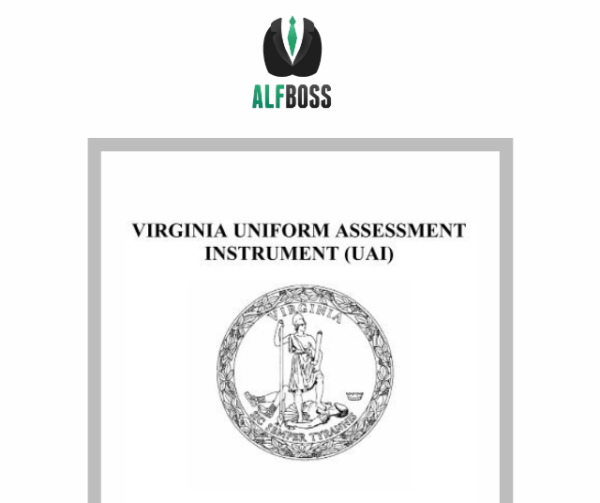
When assessing a prospective resident, you must use the uniform assessment instrument (UAI) to determine if you can provide the care this resident will require. Many facilities will allow a resident to move in who they cannot care for due to low census any many other factors. Using this DOSS required assessment prior to admission and after a change in condition for any current resident will ensure the relationship with be cohesive for all parties. Take a look below for what the DOSS requires when using the UAI:
22VAC40-73-440. Uniform assessment instrument (UAI).
- All residents of and applicants to assisted living facilities shall be assessed face to face using the uniform assessment instrument in accordance with Assessment in Assisted Living Facilities (22VAC30-110). The UAI shall be completed prior to admission, at least annually, and whenever there is a significant change in the resident’s condition.
- For private pay individuals, the UAI shall be completed by one of the following qualified assessors:
- An assisted living facility staff person who has successfully completed state-approved training on the uniform assessment instrument and level of care criteria for either public or private pay assessments, provided the administrator or the administrator’s designated representative has successfully completed such training and approves and then signs the completed UAI, and the facility maintains documentation of completed training;
- An independent physician; or
- A qualified public human services agency assessor.
- For a private pay individual, if the UAI is completed by an independent physician or a qualified human services agency assessor, the assisted living facility shall be responsible for coordinating with the physician or the agency assessor to ensure that the UAI is completed as required.
- For private pay individuals, the assisted living facility shall ensure that the uniform assessment instrument is completed as required by 22VAC30-110.
- For public pay individuals, the UAI shall be completed by a case manager or qualified assessor as specified in 22VAC30-110.
- The UAI shall be completed within 90 days prior to admission to the assisted living facility, except that if there has been a change in the resident’s condition since the completion of the UAI that would affect the admission, a new UAI shall be completed.
- When a resident moves to an assisted living facility from another assisted living facility or another long-term care setting that uses the UAI, if there is a completed UAI on record, another UAI does not have to be completed except that a new UAI shall be completed whenever:
- There is a significant change in the resident’s condition; or
- The previous assessment is more than 12 months old.
- Annual reassessments and reassessments due to a significant change in the resident’s condition, using the UAI, shall be utilized to determine whether a resident’s needs can continue to be met by the facility and whether continued placement in the facility is in the best interest of the resident.
- During an inspection or review, staff from the department, the Department of Medical Assistance Services, or the local department of social services may initiate a change in level of care for any assisted living facility resident for whom it is determined that the resident’s UAI is not reflective of the resident’s current status.
- At the request of the assisted living facility, the resident’s legal representative, the resident’s physician, the department, or the local department of social services an independent assessment using the UAI shall be completed to determine whether the resident’s care needs are being met in the assisted living facility. The assisted living facility shall assist in obtaining the independent assessment as requested. An independent assessment is one that is completed by a qualified entity other than the original assessor.
- The assisted living facility shall be in compliance with the requirements set forth in 22VAC30-110.
- The facility shall maintain the completed UAI in the resident’s record.
Top Takeaways:
- All residents of and applicants to assisted living facilities shall be assessed face to face using the uniform assessment instrument in accordance with Assessment in Assisted Living Facilities (22VAC30-110). The UAI shall be completed prior to admission, at least annually, and whenever there is a significant change in the resident’s condition.
Every resident who lives in your facility MUST have a face-to-face UAI. This is another one of those “no grey area” situations. If there is not a current and up-to-date UAI you will be tagged by the survey team.
- Annual reassessments and reassessments due to a significant change in the resident’s condition, using the UAI, shall be utilized to determine whether a resident’s needs can continue to be met by the facility and whether continued placement in the facility is in the best interest of the resident.
Building an environment where your team is constantly reviewing and assessing the ever-changing needs of the residents is key to avoiding a tag with inspectors.